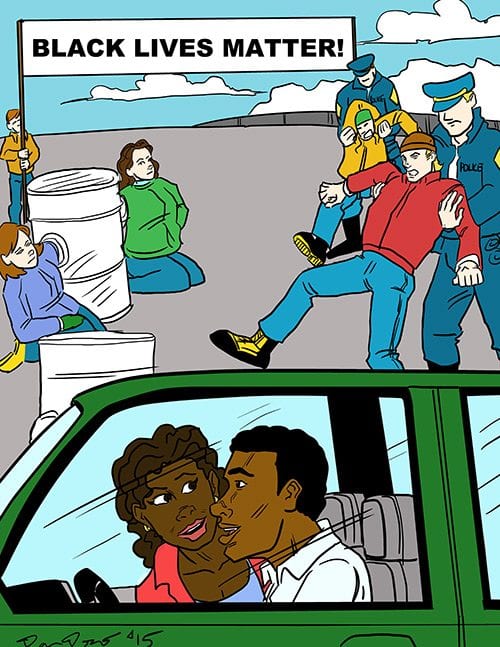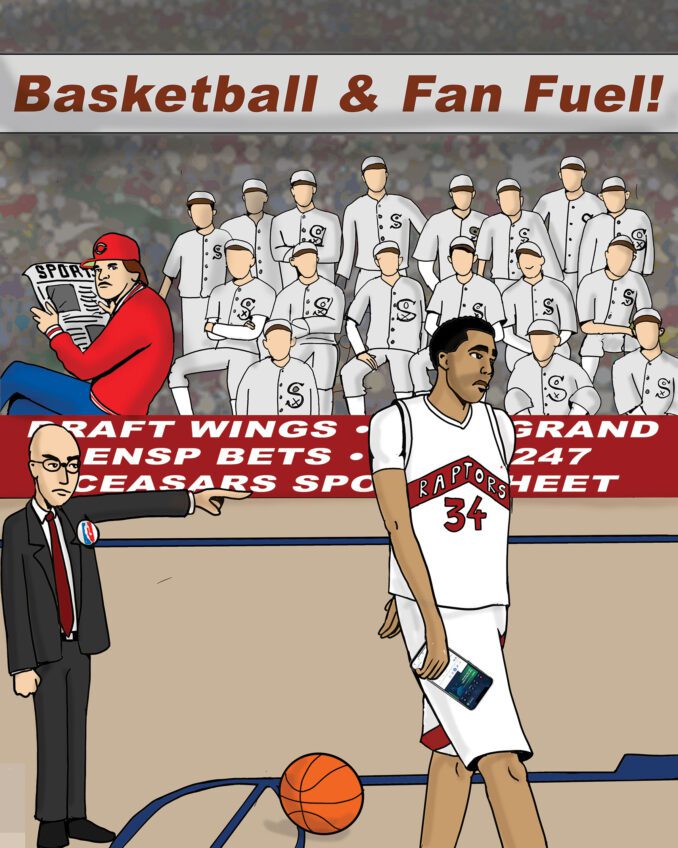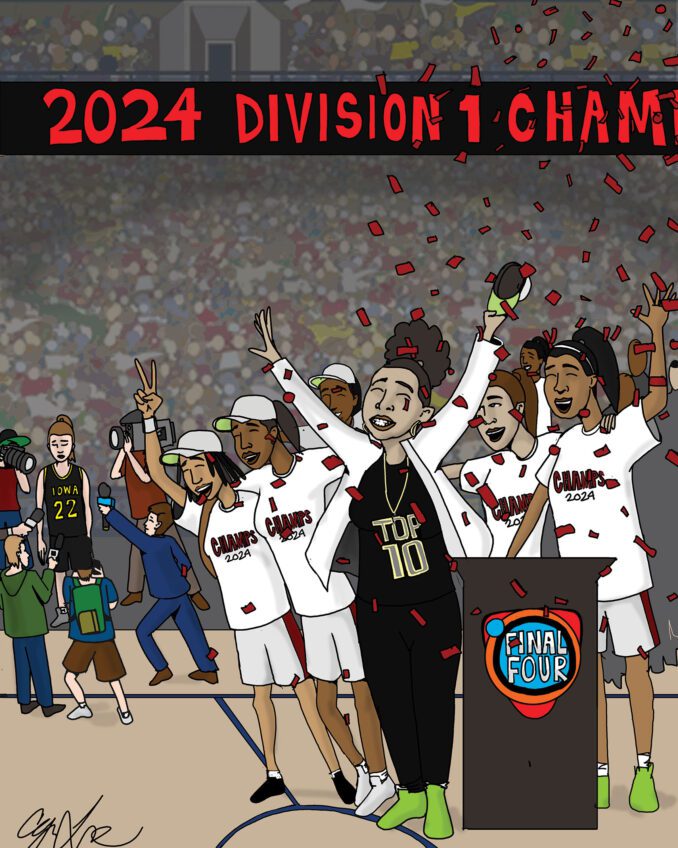
Many Americans have finally become aware that they live in a very violent culture, at least in the treatment of black men by the police. No longer can they dismiss the reality by asserting that the violence is an unfortunate legacy of southern slavery and racial discrimination. An unarmed 18-year-old black male was gunned down in Ferguson, Mo., an unarmed black man died in a police chokehold in Staten Island, N.Y. when he resisted arrest, and a 12-year-old black boy in Cleveland, Ohio, armed with a fake gun, was summarily shot to death by the police. What is the cause of this rampant police brutality against black men? All such incidents are so uncivilized that many Americans would like to believe there is an acceptable justification for this violent police conduct. The easiest route is to find mitigating flaws in police rules and procedures. A common target of criticism is the so-called “broken windows” policing policies.
The late scholar James Q. Wilson published a concept of crime control in 1982 which he referred to as the broken windows principle. Stated simply, the concept is to prosecute petty quality of life violations in order to maintain a sense of orderliness in the neighborhood. This he believed would discourage more severe crime later. Some critics now protest that broken windows policing often leads to police violence against black males.
This criticism seems justified when one considers that trivial violations led to the violence. Michael Brown was shot to death in Ferguson, Mo. merely for ignoring a police officer’s command to stop walking in the middle of the street. And Eric Gardner died in Staten Island, N.Y. during a forceful attempt by the police to arrest him for the misdemeanor of selling cigarettes without a permit. However, the problem of police violence against black men will not be resolved simply by ignoring the enforcement of petty offenses.
The police in New York have demonstrated the futility of that approach. After two of their fellow officers were killed by a crazed gunman in Brooklyn, the police decided to protest because of the sympathy shown by Mayor Bill de Blasio for those protesting police violence. According to the New York Times, there has been a precipitous decline in the issuance of summonses by the police for public drinking, public urination and parking violations, as well as drug arrests. Nonetheless, there has been no demonstration of a reduction in the conflict between the police and black men.
Residents of urban neighborhoods will not likely feel closer to the police when their quality of life deteriorates because of police recalcitrance. In fact, the broken windows strategy works better when there already is a good relationship between the police and the community.
A review of police-community relations in high income areas provides a better insight into the ideal relationship. The police are public servants. Citizens with wealth and status in society will not tolerate abusive police behavior. The police understand that, so their conduct is respectful and professional. A major deviation from that standard will result in the dismissal of the police officer from his or her job.
The real objective of police reform is to establish that same standard of police conduct in low-income neighborhoods. Community policing is designed to establish an almost collegial relationship between the citizens and the police. The addition of body cameras has been shown to reduce excessive police force.
Americans must now be willing to adopt imaginative programs to end the police victimization of black men.


![Banner [Virtual] Art Gallery](https://baystatebanner.com/wp-content/uploads/2024/04/Cagen-Luse_Men-at-store-e1713991226112-150x150.jpg)



